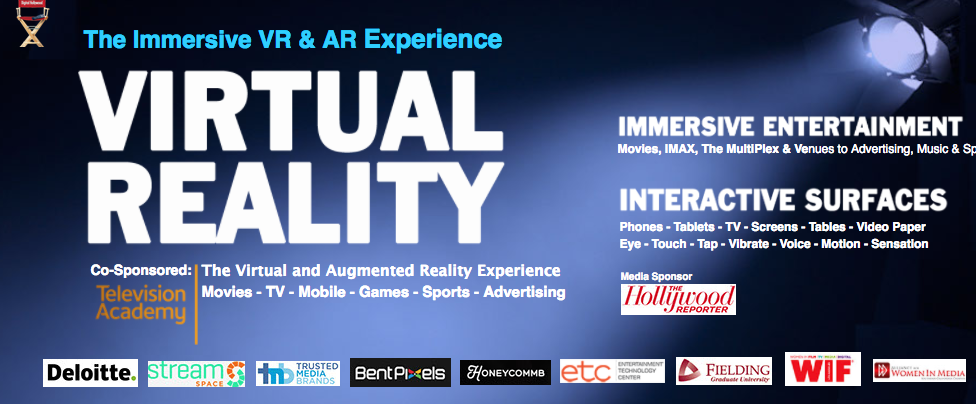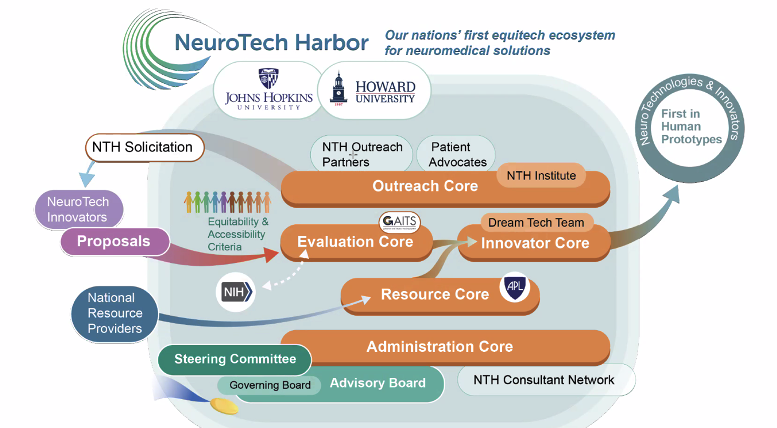Advocacy Media & VR
Immersive Media and the Social EntrepreneurThe world has gone mobile ushering in new and powerful forms of real time media. A few years ago, the most basic mobile devices displayed data improving the lives and economic well-being of farmers in rural Africa and South America. In Appalachia, people suffering from diabetes uploaded health data immediately improving the delivery of health service. Examples abound. Today, Augmented Reality and immersive technologies makes it possible to add value to natural and created environments, changing our understanding of media influence. It is often said that media doesn’t dictate what people think but it does motivate what they think about. It is this motivation that attracts the social entrepreneur, those seeking solutions to an array of public and policy challenges. AR adds a powerful real time, visual tool to what has come to be called the science of influence. It is one thing to read a report or view a documentary about how climate change and a rising sea will leave much of Barbados under water. It is quite another to stand anywhere on the island and, with a simple app, see the impact. What is the view if the ocean rises by one foot, by two feet, by three? Traditional advocacy media assumed a rational persuasion model where awareness of an issue creates action. In most cases, this old model simply doesn’t work. Modern cognitive science opened the door to how media stimuli impacts perception, memory, recall and decision- making. Even here, much of cognitive method was applied to a media product after the fact. It is seldom a useful guide to application design and production before the product is produced. And it misses the most important question, what is the emotional impact of a real-time message?













